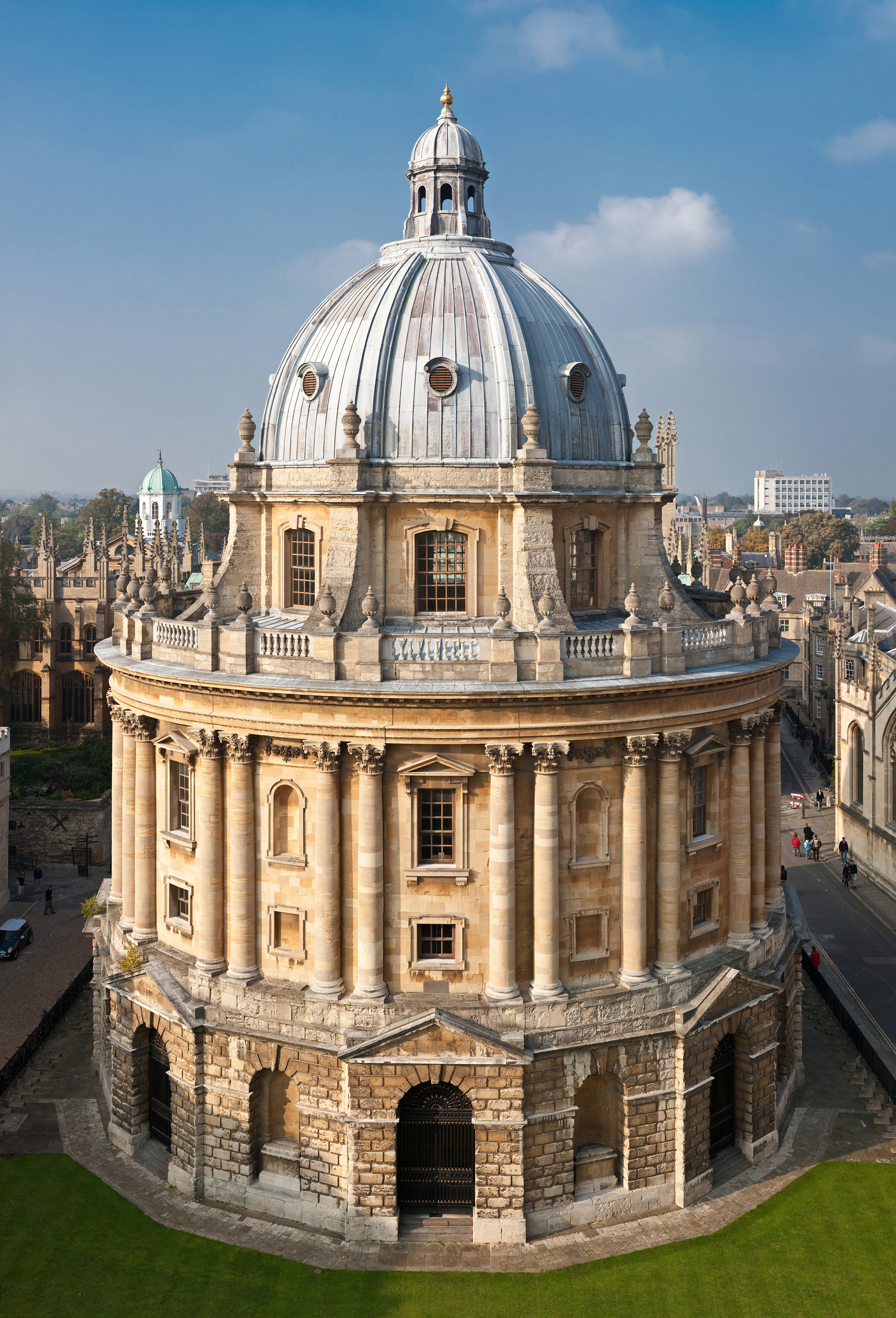Oxford is home to the University of Oxford, the oldest university in the English speaking world, and the second oldest continually operating university in the world. Its history and architecture are closely linked to the University and the Colleges. While many architectural styles can be found in the city, English Gothic is perhaps the most recognisable one. Paired with limestone, it gives the city centre an iconic look, which inspired the poet Matthew Arnold to call it the city of dreaming spires.
There is plenty to explore on Wednesday, and there are walking tours of the city centre you can join. These are operated by students on a voluntary basis, so tips are appreciated. Some ideas for those who like to explore on their own:
- The Sheldonian theatre, where students are formally accepted as members of the University via a process called matriculation, and the Radcliffe Camera (shown below), are a must-see.
- Visit Christ Church, New College, and the Bodleian library if you are a fan of the Harry Potter series.
- The Oxford Union, described as ``world's most prestigious debating society", where many Members of Parliament have honed their public speaking skills during their time as students, sports a beautiful library and a historic debating chamber.
- If the weather is nice, you can also go punting, take a walk on the Christ Church meadow or through the University Parks, or visit the nearby Blenheim palace.
- Colleges are worth visiting as well. Some charge a fee, some have limited times they are open to tourists, so plan in advance.

If you insist on missing out on all of the above, and would like to spend your day on crowded, hot, underground trains, chasing the overpriced attractions of London, there are a number of transport options available from Oxford.
The cheapest way to get to central London is to take the bus (called the Oxford Tube), which runs several times per hour, 24/7. The fastest way is to take the train to Paddington (central London).
